The First Women of the Institution: Homai Vyarawalla’s Photographs of Early Women’s Colleges in India
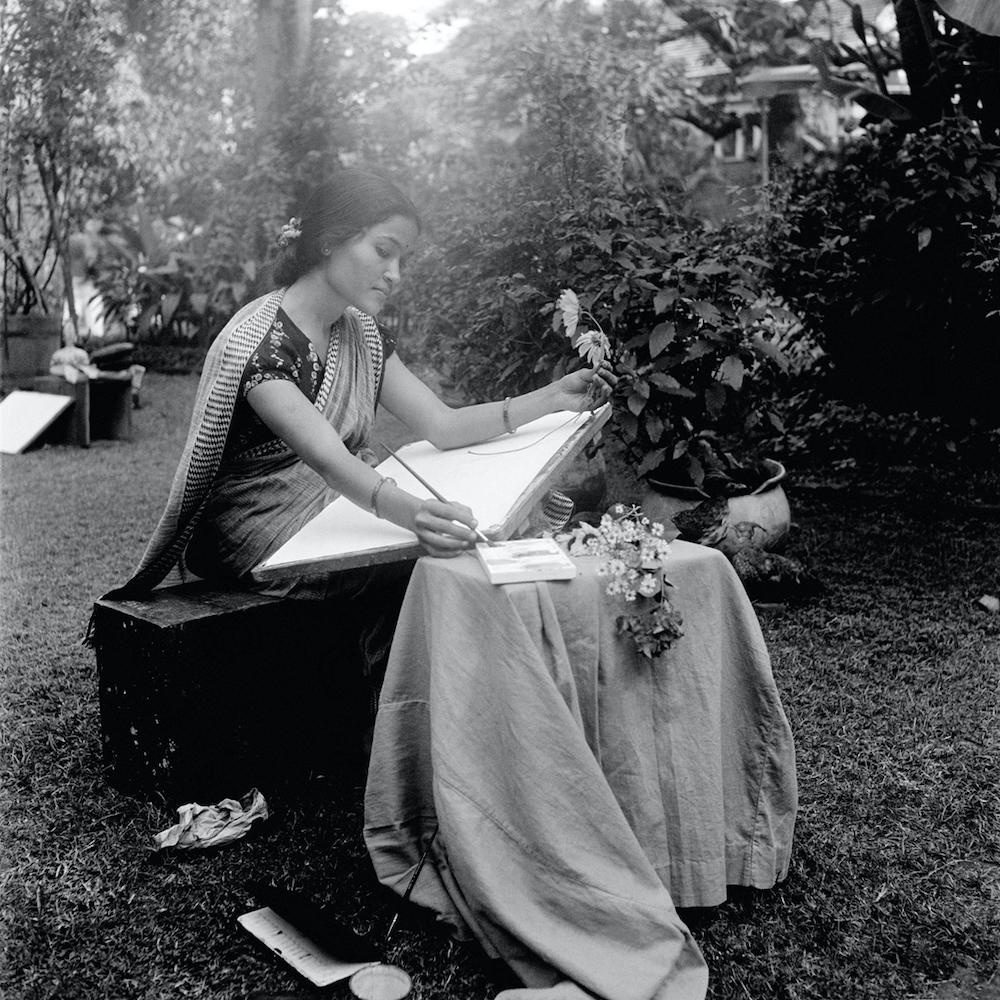
Sketching Session, Sir JJ School of Art. (Mumbai, Early 1940s.)
Homai Vyarawalla, who also operated under the pseudonym Dalda 13, is widely known as India’s first woman press photographer. Born in a Parsi family in 1913, her early life was spent in Mumbai where she learnt and practised photography. Having started her career in the 1930s, she worked on assignments for the Mumbai-based magazine the Illustrated Weekly of India which published many of her black-and-white images at the onset of the Second World War. While she is celebrated for her path-breaking work as a press photographer, documenting iconic events in the early years of Indian independence, her oeuvre spans various subjects and modalities until her eventual retirement in 1970.
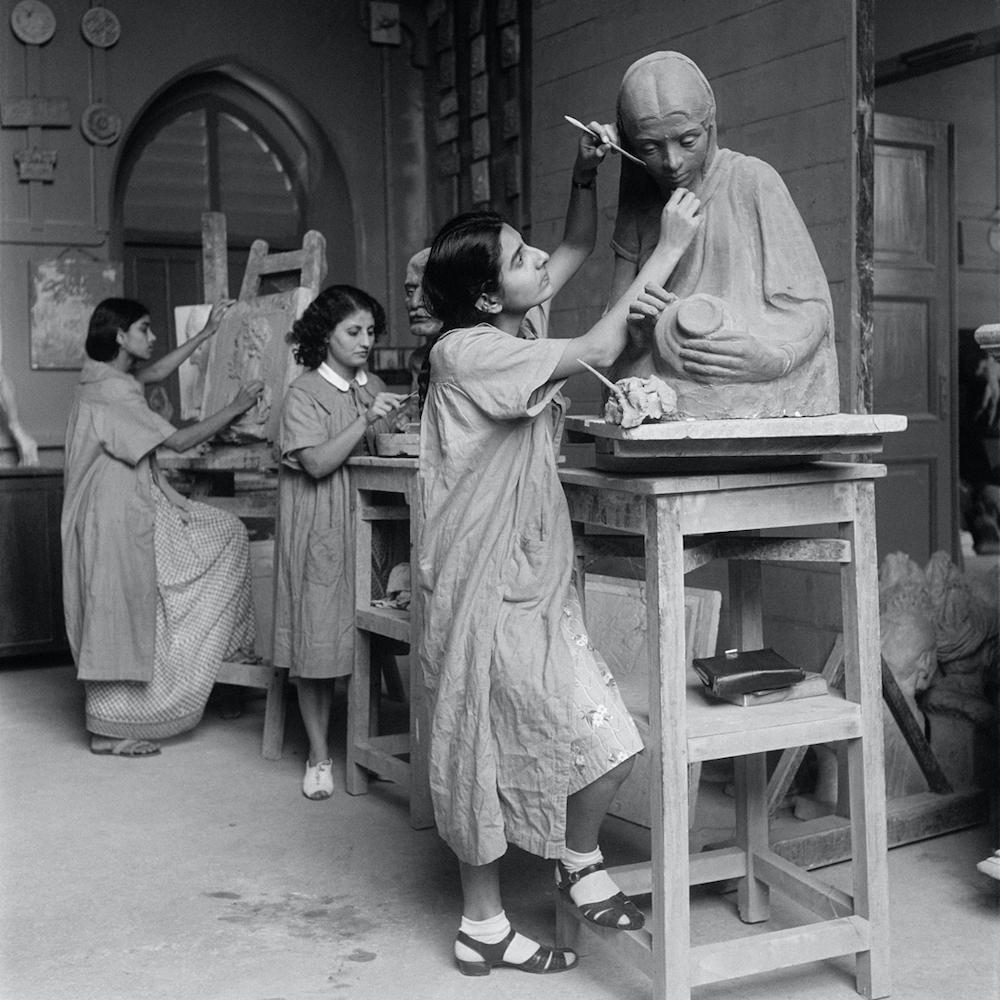
Clay Modelling, Sir JJ School of Art. (Mumbai, Early 1940s.)
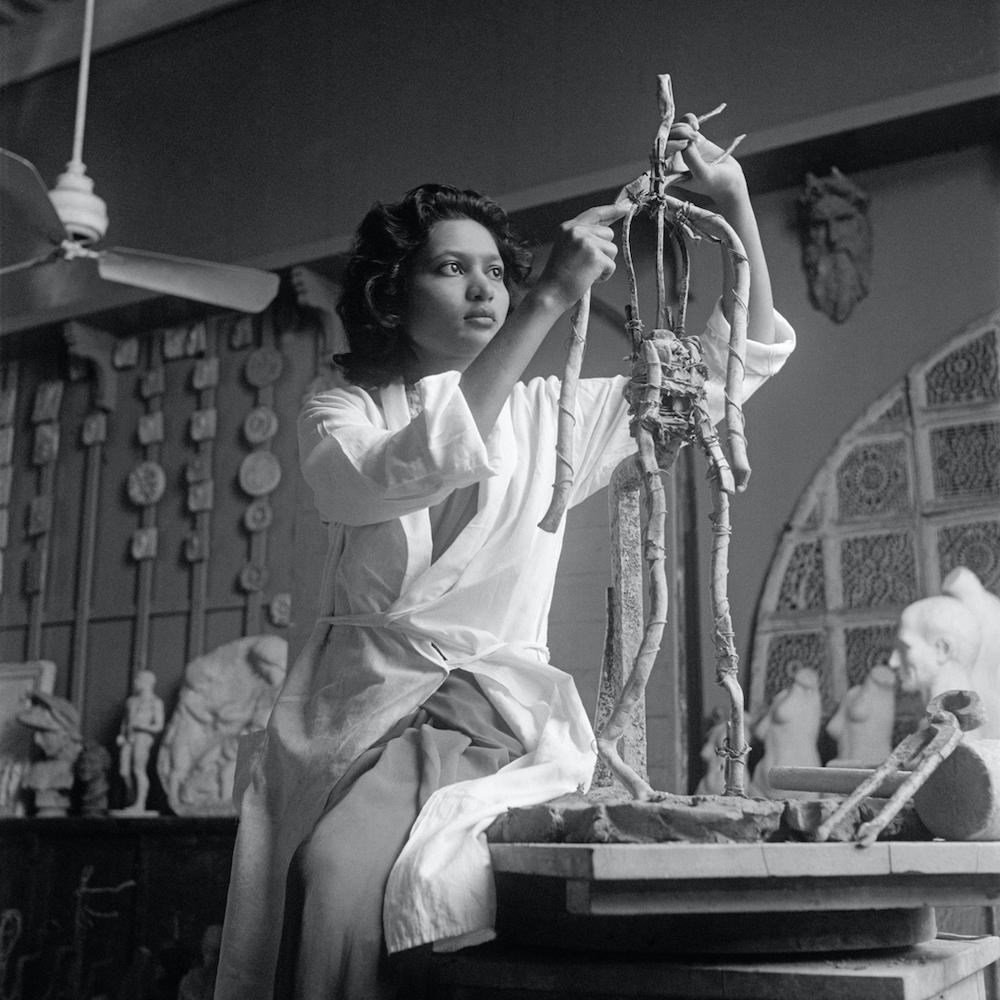
Rehana Mogul at the Sir JJ School of Art. (Mumbai, Early 1940s.)
The photographs taken during Vyarawalla’s time at the Sir Jamsetjee Jeejeebhoy School of Art, the portraits from the Ratan Tata Institute in erstwhile Bombay as well as the Lady Irwin College in Delhi document the formative years of these institutions. Portraits of women engaged in sculpture, pottery, painting and various other activities at the art school open up a rare window into how women’s training in the arts was conducted in a changing India which was moving towards independence from colonial powers while undergoing radical changes in social organisation.
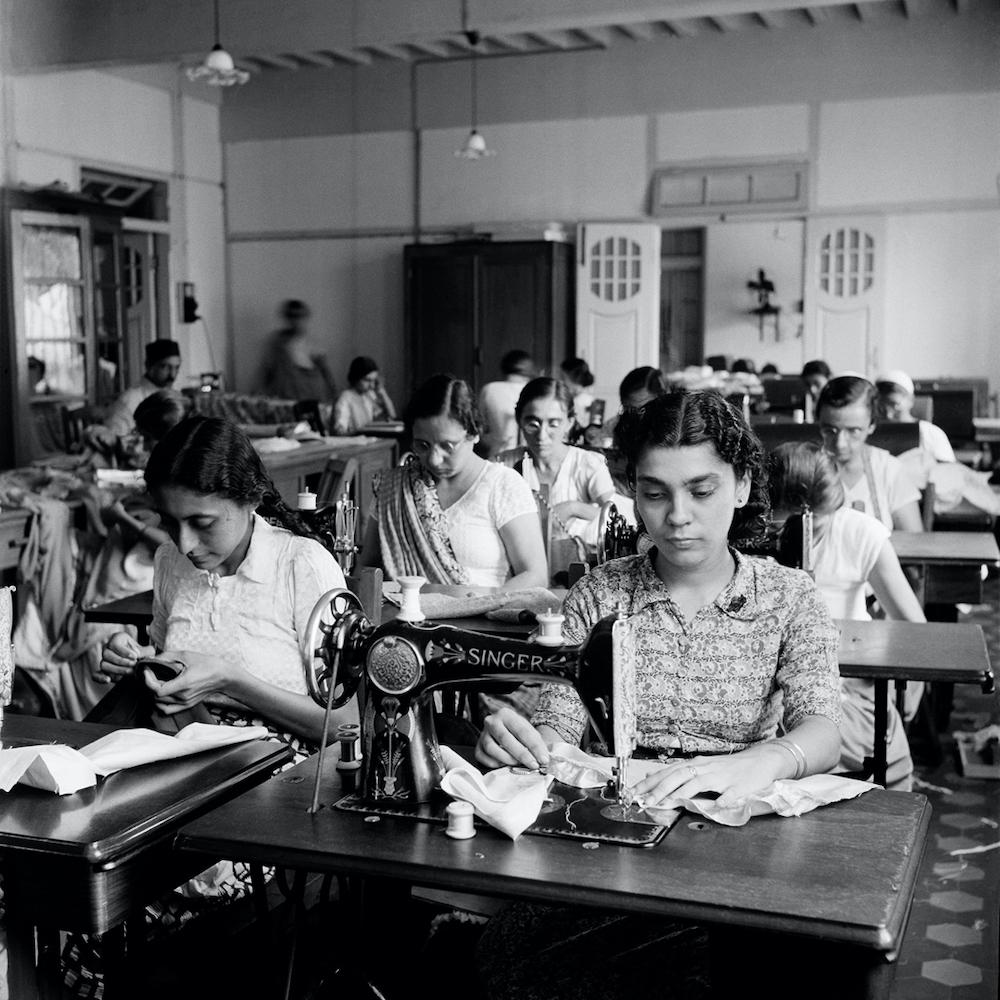
Students at the Ratan Tata Institute. (Mumbai, Early 1940s.)
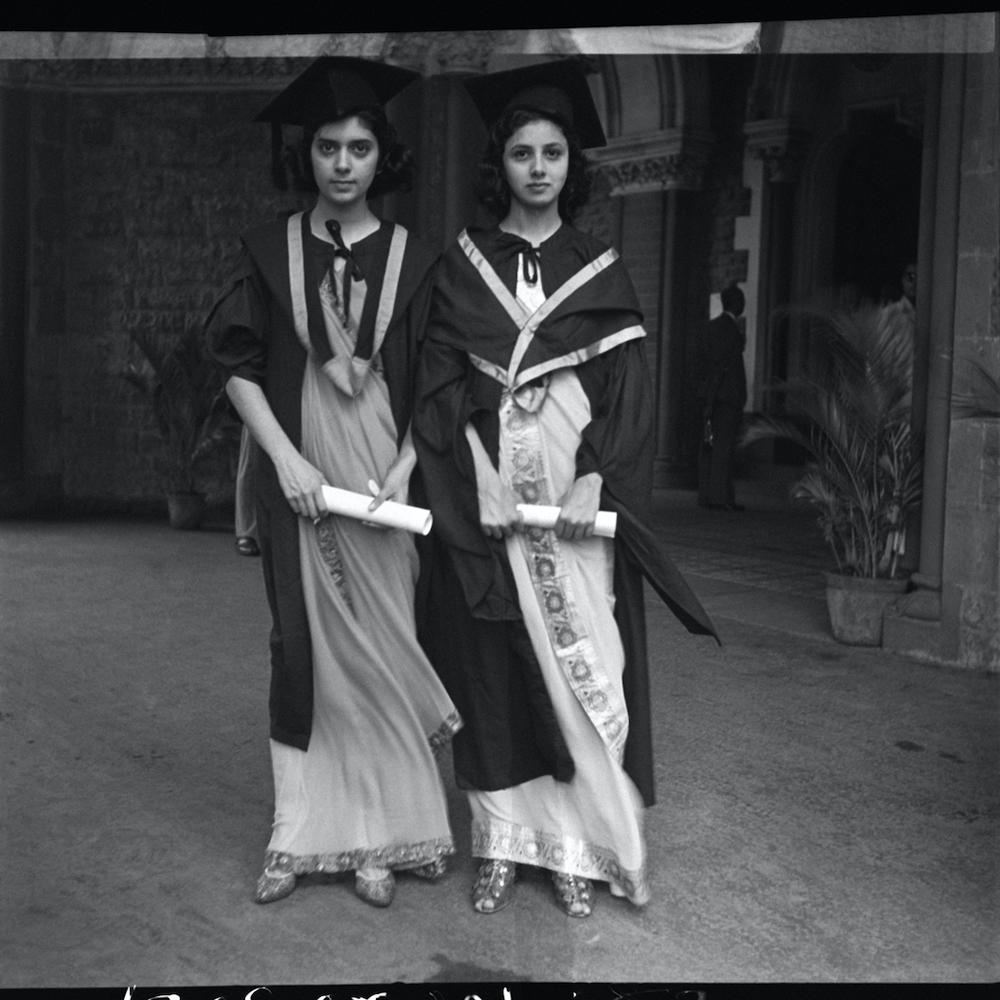
Graduates at Bombay University. (Mumbai, Early 1940s.)
The scholar and curator Sabeena Gadihoke has written extensively about Vyarawalla’s images and practice. She also curated the exhibition Inner and Outer Lives in 2015, at the Shridharani Gallery, Triveni Kala Sangam, which explored previously overlooked trajectories in Vyarawalla’s oeuvre. In her curatorial text for this exhibition, she writes that Vyarawalla's photographs,
“(Homai's photographs) also bear testimony to how modernity was being defined for the young collegiate woman in India... While Vyarawalla’s published features draw attention to the ways in which bodies were imaged and shaped at these institutions, the exhibition focuses on what the young photographer seemed to catalyze by her presence among her peers in Bombay and Delhi.”
While some of these pictures of her peers in the institutions are poised and carefully staged to present idealistic images of femininity, grace and propriety; others are more intimate, playful and performative. These mirthful images of young women and their fleeting moments of leisure can be read as a tribute to friendship. They also challenge the often restrictive idea of the modern Indian girl in the late 1930s and ’40s.
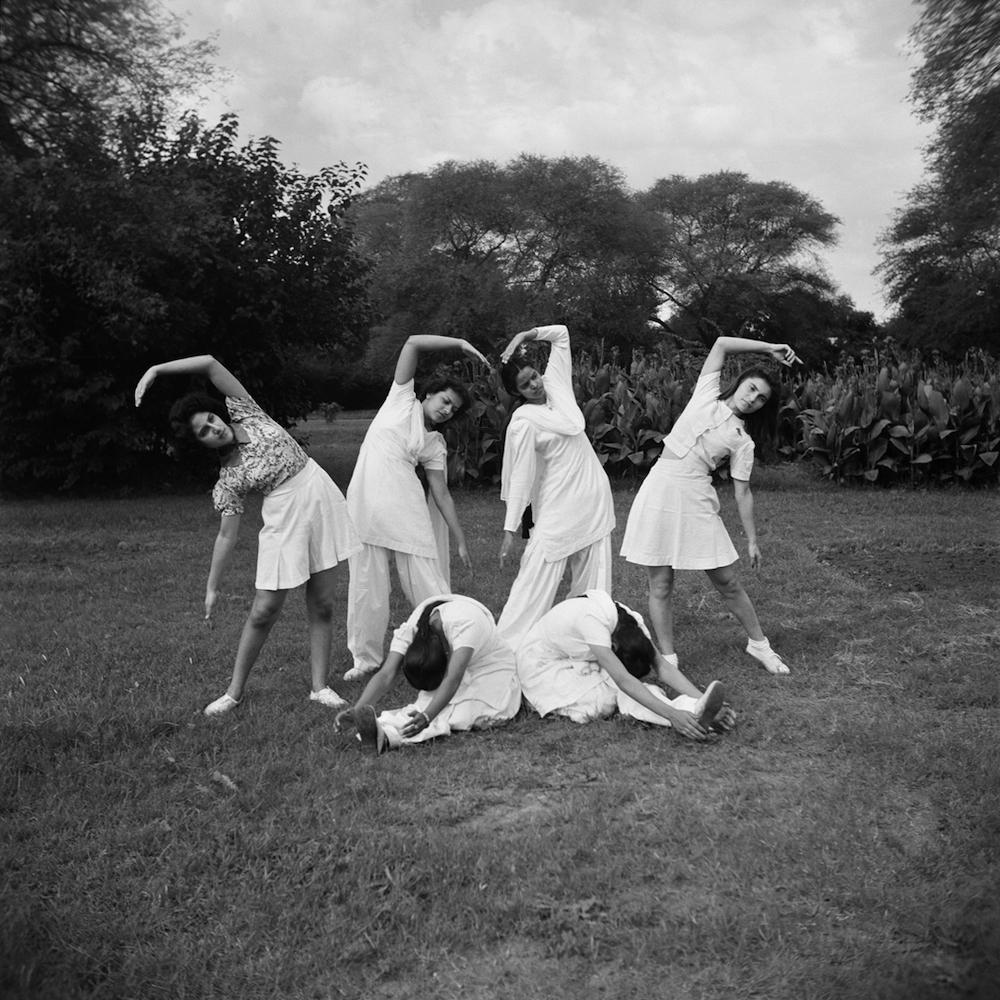
‘Keep Fit’ Class at Lady Irwin College. (New Delhi, 1945-46.)
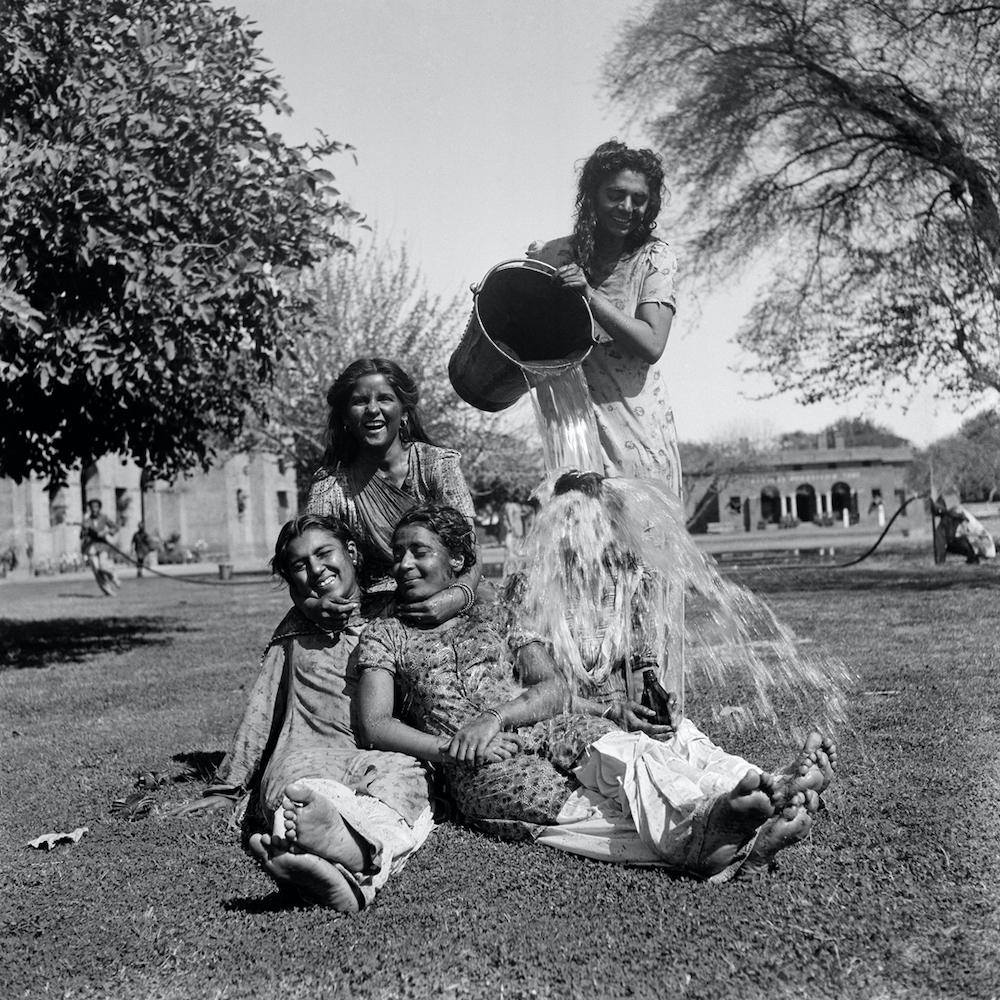
Holi at Lady Irwin College. (New Delhi, 1945-46.)
To learn more about Homai Vyarawalla, please search for "Inner and Outer Lives: The Untold Stories of Women by Homai Vyarawalla."
All images from the exhibition Inner and Outer Lives: The Many Worlds of Homai Vyarawalla, Homai Vyarawalla Archive/The Alkazi Collection of Photography.




